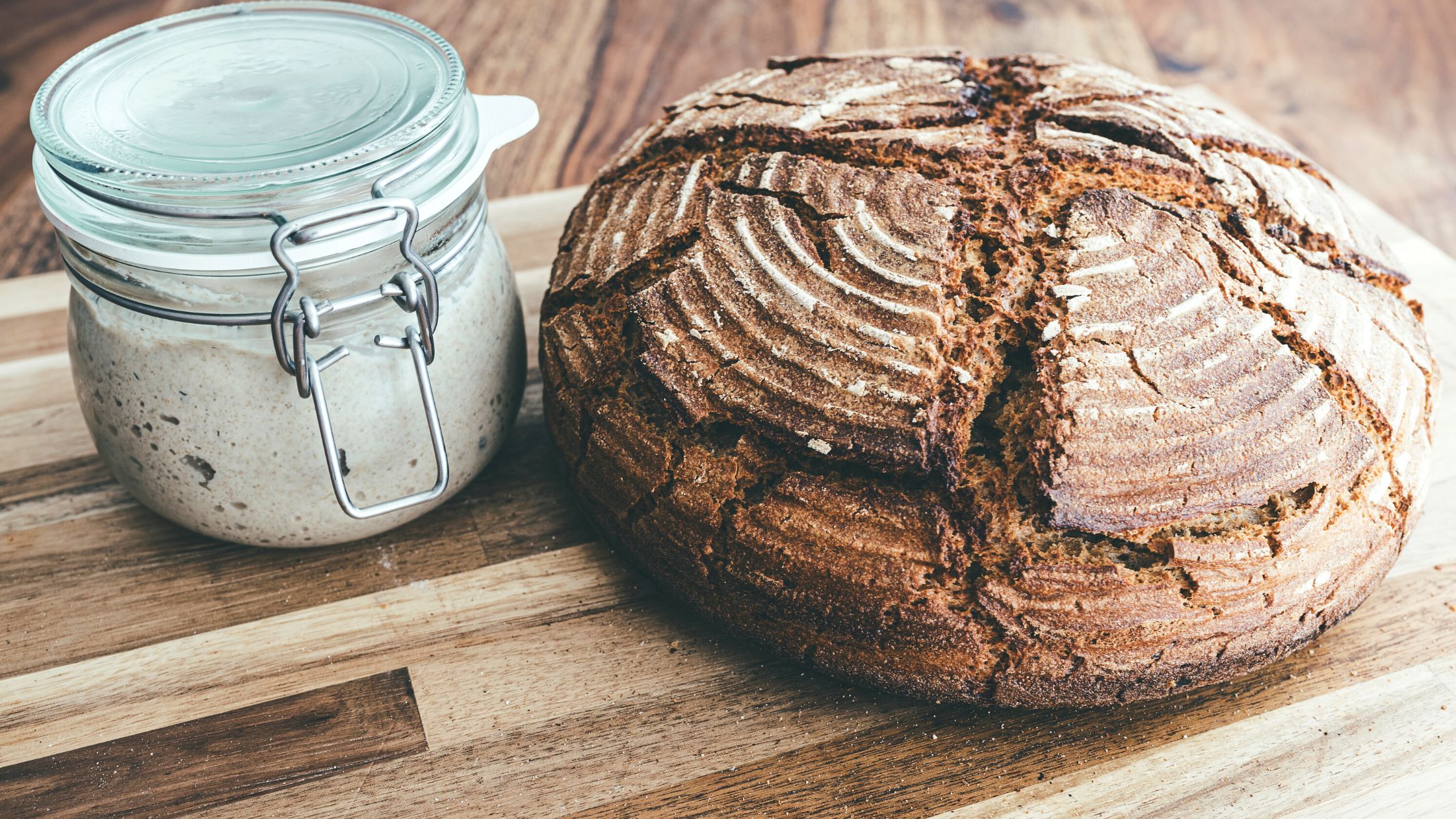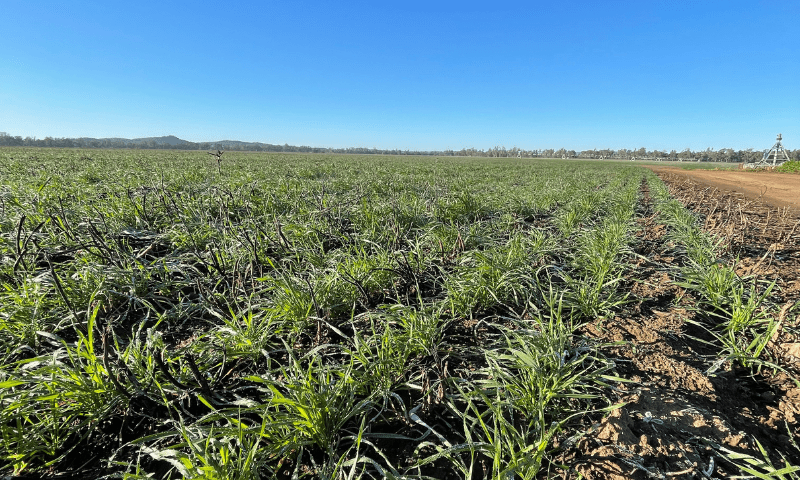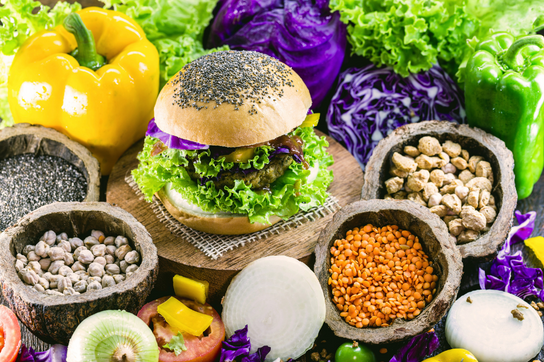
18 Hour Sour Dough Bread
March 27, 2023
Settebello’s Success Story: The Perfect Pizza Starts with Ben Furney Flour Mills
September 28, 20232023 Wheat Crop Update

Highly variable conditions have created an uneven plant and patchy crop emergence across the nation. We’ve broken down some key information from across the country for what will be the 2023 wheat crop.
NORTHERN NSW
Growers went into the planting window with good subsoil moisture profiles.
Most needed just 30-50mm during the planting window to wet topsoil and link up with the deeper stored moisture left over from a very wet 2022.
But it’s been a very frustrating period, with many areas west of the Newel Highway not receiving the required rain as the end of the planting window approaches.
Growers across the region would generally welcome rain in the coming weeks to germinate dry-sown crops, and as we write this we are looking at rain on the forecast for today
East of the Newell Highway and south of Gilgandra are the exceptions, with more consistent rainfall allowing growers to get the crop planted, out of the ground and off to a good start.
QUEENSLAND
After promising summer rainfall in central Queensland, the tap turned off during the planting window.
Most areas not having seen any meaningful rainfall since mid-March.
Some areas have been able to plant but establishment has been patchy, and all would be looking for a top-up moisture in the coming weeks.
Southern Queensland is in a stronger position, with 40-70mm of rain across most of the cropping region enabling growers to finish their planting program and get crops off to a very promising start.
SOUTHERN NSW
Rain has recently been more prevalent further south, but sown wheat areas have fallen in the Wyalong and Parkes regions following below average Autumn rainfall, driving grower reluctance to dry-sow the entire intended area.
But sown wheat areas have fallen in the Wyalong and Parkes regions following below average Autumn rainfall, driving grower reluctance to dry-sow the entire intended area.
Last week’s falls won’t have joined moisture profiles and growers will now look towards cotton, later sown barley or leave paddocks as fallow.
The ideal would be another 10-20mm across the region before the end of June.
In the south and east, crops were generally sown into moisture and it’s expected that 97% of the intended area will be sown.
Recent rainfall has recharged the top 30 centimetres and came at a critical time to maintain overall production potential
VICTORIA
Widespread rainfall of 40-80mm across the region has joined up the moisture profile and put confidence back into the season.
A dry May had sowing progress up to 90% complete, but it was almost a false start.
As moisture depleted in the top 30 centimetres, tractors pulled up because conditions weren’t conducive to planting.
Consequently, germination has been patchy in some areas of north central Victoria as seeds waited for moisture, but it is expected to improve from here.
We’re hearing reports of slugs causing issues in the south, and growers are baiting heavily to keep them under control.
As always, Spring rainfall will be critical as we wait and see what conditions the El Nino forecast may bring.




